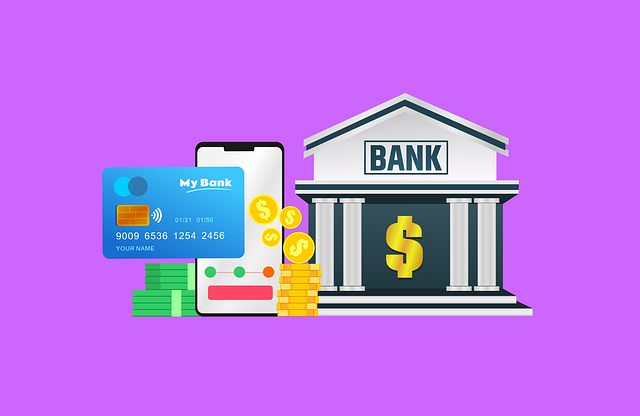Invoice factoring is a financial strategy that provides businesses with immediate funding by selling their outstanding invoices at a discount to third-party factors. This solution is ideal for small and medium-sized enterprises (SMEs) facing cash flow issues, enabling them to cover expenses, invest in growth, or maintain operations promptly, rather than waiting for traditional payment periods of 30-90 days. By converting invoices into quick cash, businesses gain financial flexibility and stability while focusing on core operations.
Invoice factoring is a powerful tool for businesses seeking improved cash flow management. By converting outstanding invoices into immediate cash, this financing method provides swift funding to support operations and growth. This article guides you through the process of invoice factoring, from understanding its definition and benefits to navigating the step-by-step funding process. You’ll discover how it offers immediate funding, improves cash flow predictability, and is particularly advantageous for small businesses and startups.
- Understanding Invoice Factoring
- – Definition and basic concept
- – How it works: A step-by-step guide
- Benefits of Using Invoice Factoring for Cash Flow Management
Understanding Invoice Factoring

Invoice factoring is a financial strategy that allows businesses to access immediate funding by selling their outstanding invoices at a discount. This process involves a third-party factor purchasing these accounts receivable, providing cash flow support to the business in need. Essentially, it offers a way for companies to get paid faster and manage their cash flow more effectively.
Instead of waiting for customers to settle their debts over time, businesses can receive a lump sum payment from the factor, usually within one to two days of selling the invoices. This immediate funding can be a game-changer for smaller enterprises or those facing temporary cash flow issues, helping them cover expenses, invest in growth opportunities, or simply maintain operations during challenging periods.
– Definition and basic concept

Invoice factoring is a financial solution designed to assist businesses in managing their cash flow by providing immediate funding for outstanding invoices. In this process, a company sells its accounts receivable (invoices) to a third-party factor, who then takes on the responsibility of collecting those payments from the customers. This allows businesses to receive the cash they need right away, rather than waiting for the typical 30, 60, or 90 days it often takes for customers to settle invoices.
The basic concept is straightforward: businesses can access a line of credit based on their outstanding invoices, which acts as a safety net during periods of tight cash flow. This immediate funding can be particularly beneficial for small and medium-sized enterprises (SMEs) that rely on timely payments to cover operational costs, expand, or invest in growth opportunities. By factoring invoices, businesses gain faster access to capital, improving their financial flexibility and stability.
– How it works: A step-by-step guide

Invoice factoring is a financial solution that provides businesses with immediate cash flow by selling their outstanding invoices to a third-party factor. Here’s a step-by-step guide on how it works:
1. Business Issues Invoices: A business generates invoices for its customers, representing goods or services provided but not yet paid for. These invoices hold significant value but can’t be immediately cashed in due to the time lag between service delivery and payment receipt.
2. Factor Involvement: The business then sells these outstanding invoices (at a discount) to an invoice factoring company (the factor). This sale provides immediate funding, allowing the business to access cash for operational needs instead of waiting for customers to settle their debts.
3. Collection and Payment: The factor takes over the accounts receivable management, collecting payments directly from the customers. Once received, the factor remits the full amount due on the invoices (minus the discount or factoring fee) to the business, typically within a set period, often 7-14 days after invoice sale.
Benefits of Using Invoice Factoring for Cash Flow Management

Using invoice factoring can significantly enhance a business’s cash flow management strategy. One of the key benefits is access to immediate funding. Instead of waiting for customers to settle their invoices, factoring allows businesses to convert these outstanding debts into cash quickly. This rapid infusion of capital can cover immediate expenses, provide working capital for growth, or even help during periods of tight cash flow.
Additionally, invoice factoring offers a flexible solution. Businesses only pay for the funding they need and when they receive payment from customers. This is particularly advantageous for companies with unpredictable sales cycles or those that rely on seasonal revenue. By utilizing this method, businesses can maintain financial stability, avoid delays in payments, and focus on core operations without the burden of managing accounts receivable.






